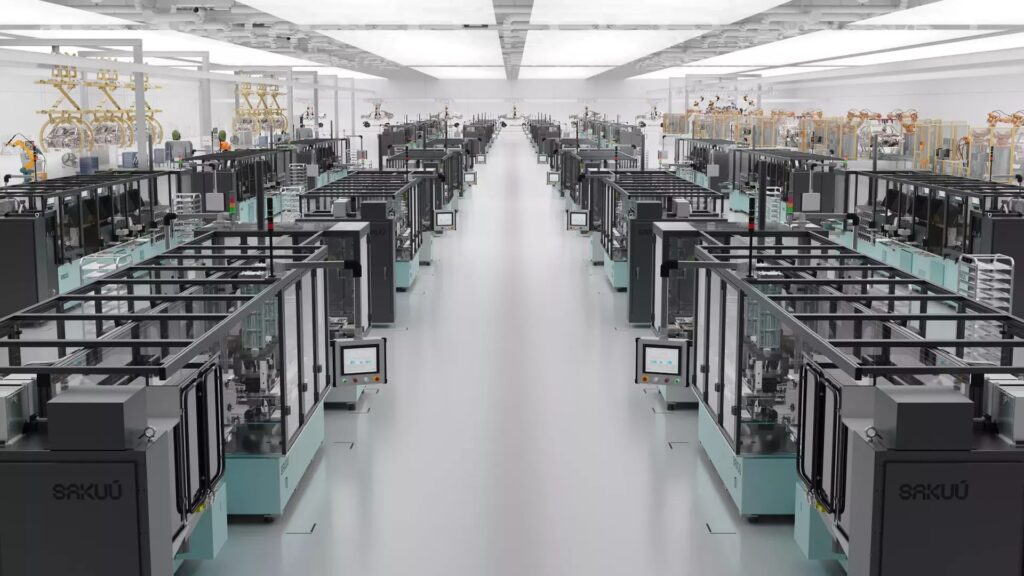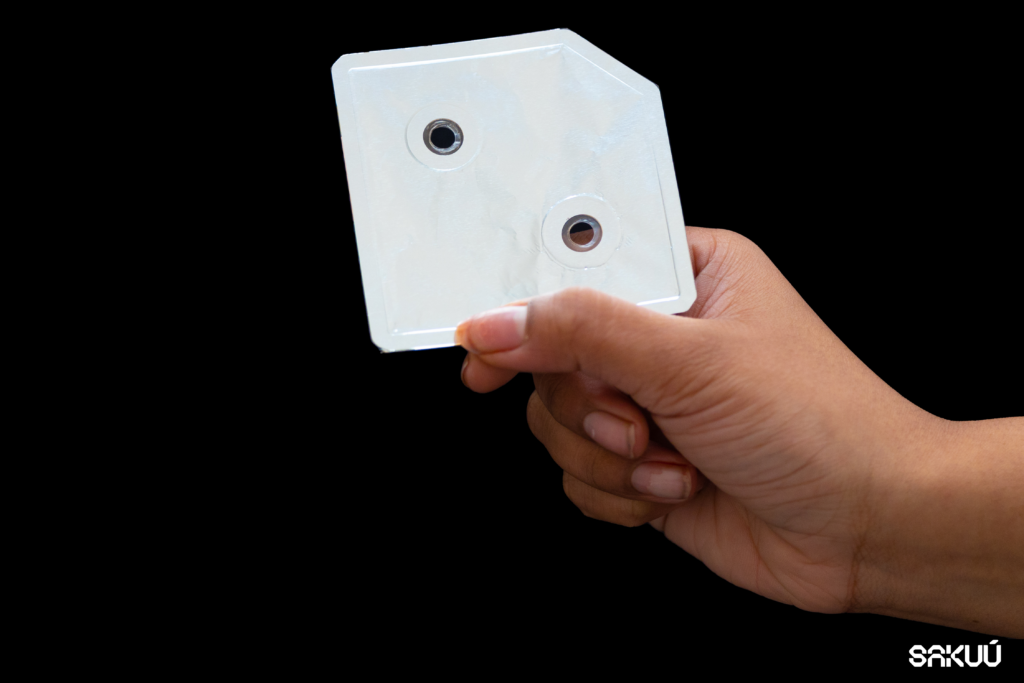Silicon Valley startup Sakuu, a specialist in additive manufacturing (AM) for next-generation batteries, announced that, since December, 2022, the company has consistently been able to use its Kavian AM platform for battery production. Sakuu aims to use its proprietary SwiftPrint technology to 3D print lithium-ion, lithium metal, and solid-state batteries, for the EV market, as well as a variety of other industries.
The company’s update on its progress comes a few weeks after its announcement, in January, 2023, that it had selected Porsche Consulting to take the lead in the planned establishment of Sakuu gigafactories dedicated to SwiftPrint battery output. Combined with the present announcement, it looks like Sakuu is ready to pursue its commercialization strategy, one which is also tied to the burgeoning supply chain for recycled lithium-ion battery materials.

In a press release announcing the success of the company’s proprietary technology, Sakuu’s CTO, Karl Littau, commented, “Our development shows that the KavianTM platform can enable commercial-scale, sustainable production of a wide range of battery technologies… [O]ur platform can [also] customize the form factor of the battery—whereby the battery itself can become part of product design via customized shapes and sizes.” The company’s founder and CEO, Robert Bagheri, added, “This milestone advances integration between our Kavian platform and our commercial-scale battery production plans towards an energy output goal of 200GWh by 2030 via a network of global partner gigafactories.”

Sakuu considers its “dry” nature to be one of the key selling points of its SwiftPrint process, a feature which, the company argues, makes its method for battery production more reliable, cost-effective, and faster than “wet” AM battery output, which depends on the use of solvents. In the press release, the company also notes that, along with 3D printing batteries at its gigafactories, it plans on licensing the SwiftPrint technology to other manufacturers, as well.
If that is an indicator of the future of advanced manufacturing for batteries more generally, then, as it evolves, the battery market could look more and more like the market for chips, which at this point is mostly dominated by fabless producers — companies that license their manufacturing technologies to third parties. Should that possibility come to life, companies such as Sakuu could expand their scale of production more quickly than they could by being the sole manufacturers of their own products.
That would be advantageous not only to the licensors and licensees of battery IP, themselves, but to manufacturers involved in every link of the battery supply chain. Even more broadly, it could aid the acceleration of next-generation battery output across the entire global economy, one of the most urgent priorities involved in the race to reduce carbon emissions that is now permanently at the forefront of international policymaking agendas.
Subscribe to Our Email Newsletter
Stay up-to-date on all the latest news from the 3D printing industry and receive information and offers from third party vendors.
You May Also Like
3D Printed Heat Spreader Could Improve Efficiency of Electronics
The low-hanging fruit for decarbonization has long been improving the efficiency of existing systems, hence the justification for LED lights and ENERGY STAR certified appliances. While such minor moves are...
3D Printing News Unpeeled: Marine Gearboxes, 3D Printed Motors and $1.7 Million in Seed Funding
UK based Equipmake just released their Ampere-220 e-axle system. The system, which is meant for high performance electric cars, was similar to one released on the Ariel HIPERCAR. It has...
CEAD Unveils 36-Meter-Long 3D Printer for Abu Dhabi’s Al Seer Marine
CEAD, a Dutch original equipment manufacturer dedicated to large-format 3D printers, has unveiled what it claims to be the world’s largest robotic arm-based 3D printer. At 36 meters long and...
3D Printed Biocomposites Could Help Reduce Marine Plastic Pollution
Concerns about the impact of plastic litter and microplastics in the oceans are at the forefront of environmental study. For decades, the marine environment has suffered from the degradation of...




































